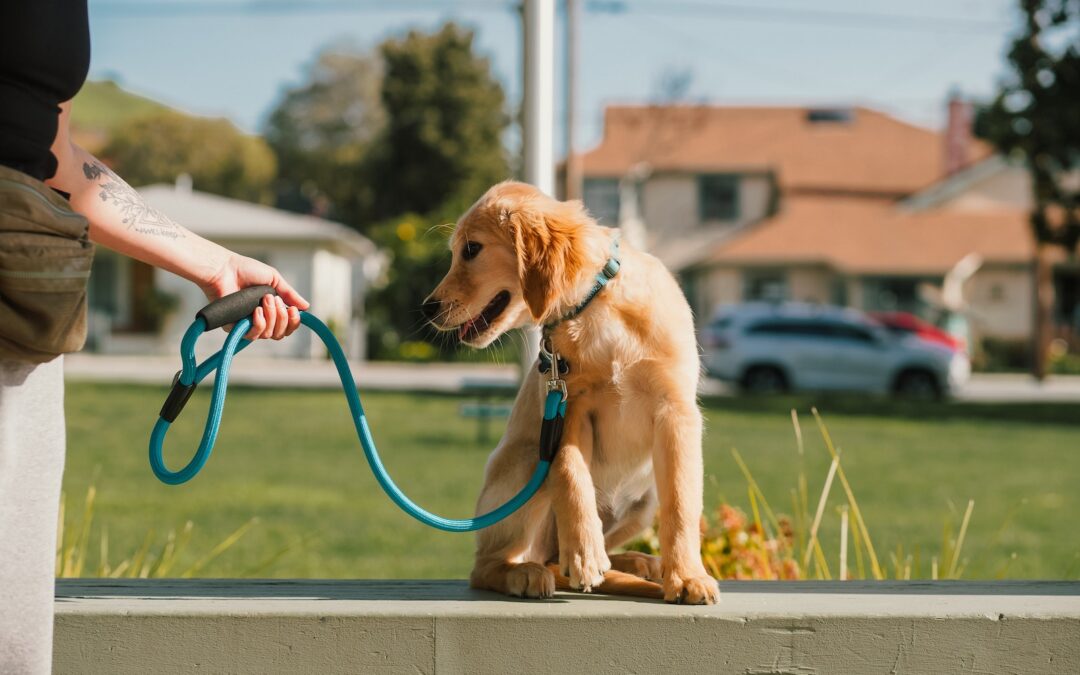As a pet owner, it is essential to understand your pet’s behavior. Understanding their needs, personality, and temperament helps you provide not only the best care but also the best environment possible. The problem is that pets cannot tell us what they want or how they are feeling. That is why you need to be able to interpret their nonverbal cues. In this blog post, we will look at common pet behaviors and what they mean. Additionally, we will explore how to address behavioral issues with the help of VeterinaryCare at Belmont’s expertise and resources.
Before we begin, it’s important to note that there can be many reasons which cause a pet to exhibit certain behaviors. It is usually a combination of environmental, emotional, and physical causes. In fact, there may be medical reasons behind some of these behaviors. By working with your veterinarian to identify the underlying cause, you can address the behavior in a more effective way.
1. Aggression
Aggression is not uncommon in pets, especially if they do not feel secure in their environment. Aggressive behaviors include growling, biting, or scratching. Some dogs may show aggression by barking excessively. Detecting the reasons behind your pet’s aggression is a complicated process. Consulting with your veterinarian is crucial to determine the possible cause of the behavior. Your veterinarian can come up with a plan to mitigate the aggressive behavior and improve the pet’s quality of life, or refer you to a pet behavior specialist who has the necessary expertise.
2. Separation Anxiety
Separation anxiety is a common condition among pets. They may become restless, agitated, or show destructive behaviors when left alone. Some common signs of separation anxiety include excessive barking or whining, destructive chewing, urinating or defecating indoors, or trying to escape. Your veterinarian can offer advice on mitigating the condition, including medicating your pet or creating a comforting environment for them.
3. Fearfulness
Fearful behavior happens due to different reasons, including inadequate socialization or past negative experiences. This time of year also comes packed with noisy thunderstorms or fireworks. The unpredictability of these noises, combined with the lack of familiarity, can trigger fear in your pet.
Fearful pets tend to withdraw from their environment or try to escape. Positive reinforcement, such as treats or toys, can help pets gain confidence.
4. Anxiousness
Anxiety is a common behavioral issue among both cats and dogs. Anxious pets may pace, whine, or become aggressive. This behavior can be due to various factors, including environmental changes or past experiences. Medication and reducing environmental stressors, including excessive noise, can help alleviate anxiety symptoms. Our veterinary team can come up with a treatment plan customized for your pet, as well as provide suggestions to create an environment that buffers your pet from outside noise. Some of these suggestions may include:
- Placing your pet in a room in the interior of your home without windows
- Playing calming music
- Utilizing pheromone diffusers
- Placing compression clothing on your pet
5. Jumping up
Jumping up is a common behavior in dogs. They do this as a way of greeting, expressing excitement, or seeking attention. Training your dog to sit before approaching people can help curb excessive jumping-up behavior.
Some tips for reducing this behavior:
- Redirect their behavior when they jump up by offering them an appropriate toy or treat when they have calmed down and are in a sitting position.
- Discourage inappropriate jumping-up by walking away or ignoring them.
- Praise and reward your pet with a treat for good behavior – particularly when they are sitting. Your pet will learn that the positive rewards come when they are in a sitting position.
- Practice! It takes time to unlearn behaviors that may have even been unintentionally encouraged.
There are situations where this jumping-up behavior can be very scary for visitors. Keeping your pet in an enclosed area or on a leash can help keep everyone safe during these occasions.
Remember: it’s important to protect your pet from opportunities in which they may become so overridden with fear or anxiety that they may bite or injure another person or themselves.
Understanding your pet’s behavior is a crucial part of responsible pet ownership. Knowing what to look for and understanding behavioral triggers can help you create a comfortable environment for your pet. Decoding your pet’s behavior is a collaborative effort between you and your veterinarian. VeterinaryCare at Belmont can provide guidance and resources to address your pet’s behavioral issues and enhance their quality of life. Remember, as a pet owner, your attentiveness can save your pet’s life.
Image credit: Pexels

